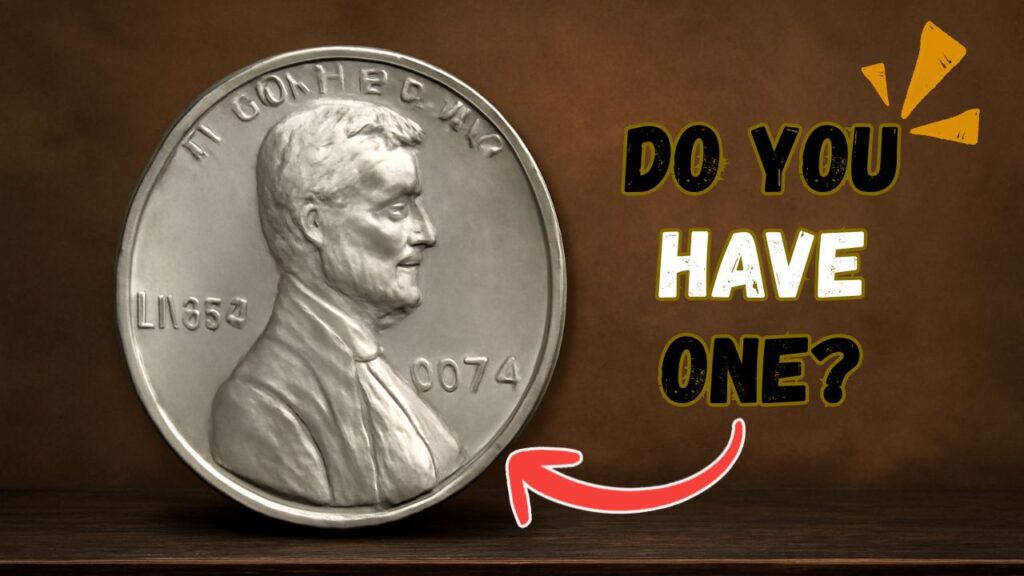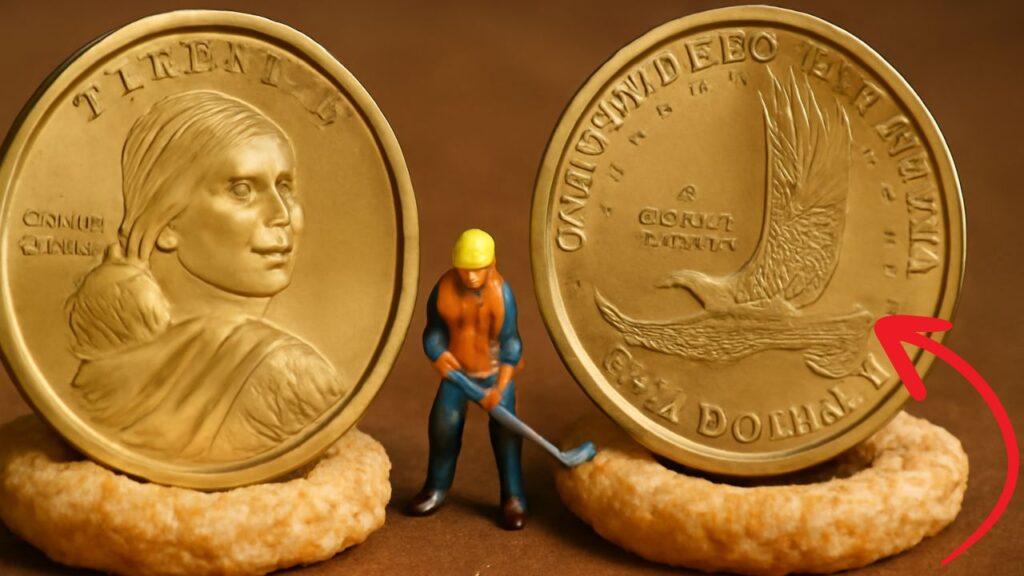In the world of numismatics, few coins are as enigmatic and valuable as the 1974 Aluminum Lincoln Cent. Struck as part of a U.S. Mint experiment to address rising copper prices, these coins were never intended for circulation.
Yet, one such coin was authenticated, graded, and sold for a staggering $250,000, making it one of the most expensive pennies ever sold.
Background: The Mint’s Aluminum Experiment
In the early 1970s, the U.S. Mint faced a significant issue: the cost of producing the one-cent coin was approaching its face value due to escalating copper prices.
To mitigate this, the Mint initiated an experiment to create a more cost-effective alternative. This led to the production of aluminum Lincoln cents in 1973, dated 1974.
Approximately 1.5 million aluminum cents were struck at the Philadelphia Mint. These coins were intended to test the feasibility of using aluminum as a substitute for copper.
However, the plan faced immediate opposition from various industries, including vending machine operators and copper producers, who argued that aluminum coins would cause mechanical issues and be difficult to detect if ingested by children.
The Recall and Destruction
Despite initial enthusiasm, the aluminum cent proposal was met with resistance in Congress. In response, the Mint recalled and destroyed the majority of the aluminum cents.
However, a small number of these coins were distributed to members of Congress and other officials as samples. When the proposal was ultimately rejected, the Mint requested the return of these samples.
An investigation revealed that 14 aluminum cents were unaccounted for. One of these coins was later donated to the Smithsonian Institution, while another surfaced decades later, sparking significant interest in the numismatic community.
The Discovery of the 1974-D Aluminum Cent
In January 2014, a previously unknown 1974-D aluminum Lincoln cent was discovered. This coin had been in the possession of Harry Edmond Lawrence, a former deputy superintendent at the Denver Mint.
Upon his passing in 1980, the coin was inherited by his son, Randall Lawrence, who kept it in a sandwich bag for over three decades without realizing its significance.
Recognizing its potential value, Randall Lawrence approached coin dealer Michael McConnell, who sent the coin to the Professional Coin Grading Service (PCGS) for authentication. The coin was graded Mint State 63 (MS63), confirming its authenticity and rarity.
Legal Challenges and Government Seizure
Plans were made to auction the coin, with initial estimates valuing it at $250,000. However, the U.S. Mint intervened, asserting that the coin was government property and should be returned. A legal battle ensued, with the Mint seeking the coin’s return.
In March 2016, the dispute was settled, and the coin was surrendered to the U.S. Mint. The government agreed to display the coin as part of its historical collection, acknowledging its unique place in numismatic history.
Rarity and Value
The 1974-D aluminum Lincoln cent is considered one of the rarest coins in U.S. history. Only a handful of aluminum cents are known to exist, making them highly sought after by collectors. The coin’s value is influenced by several factors:
- Rarity: With only a few known examples, the coin’s scarcity drives its value.
- Condition: The MS63 grade indicates the coin is in excellent condition, further enhancing its worth.
- Historical Significance: The coin represents a pivotal moment in U.S. Mint history, reflecting efforts to adapt to economic challenges.
Collector Interest and Market Demand
The discovery of the 1974-D aluminum cent reignited interest in aluminum coins among collectors. Auctions and private sales have seen increasing demand for these rare specimens.
The market for such coins remains robust, with collectors eager to acquire pieces that embody unique aspects of U.S. monetary history.
Preservation and Authentication
Given their rarity and value, preserving and authenticating aluminum cents is crucial. Coins should be stored in protective holders to prevent damage.
Authentication by reputable services like PCGS ensures the coin’s legitimacy and can significantly impact its market value.
The 1974 Aluminum Lincoln Cent is more than just a rare coin; it is a testament to the U.S. Mint’s innovative attempts to address economic challenges. The sale of one such coin for $250,000 underscores its significance in the world of numismatics.
As collectors continue to seek out these elusive pieces, the 1974 aluminum cent remains a symbol of both opportunity and controversy in American coinage history.
Frequently Asked Questions
1. How many 1974 aluminum Lincoln cents were made?
Approximately 1.5 million aluminum cents were struck at the Philadelphia Mint in 1973, dated 1974. However, none were released into circulation.
2. Why were the 1974 aluminum cents recalled and destroyed?
The proposal to use aluminum for cents faced opposition from various industries, leading to the recall and destruction of the coins.
3. What is the value of a 1974 aluminum Lincoln cent?
The value varies based on condition and provenance. One such coin was sold for $250,000, highlighting its rarity and collector demand.



